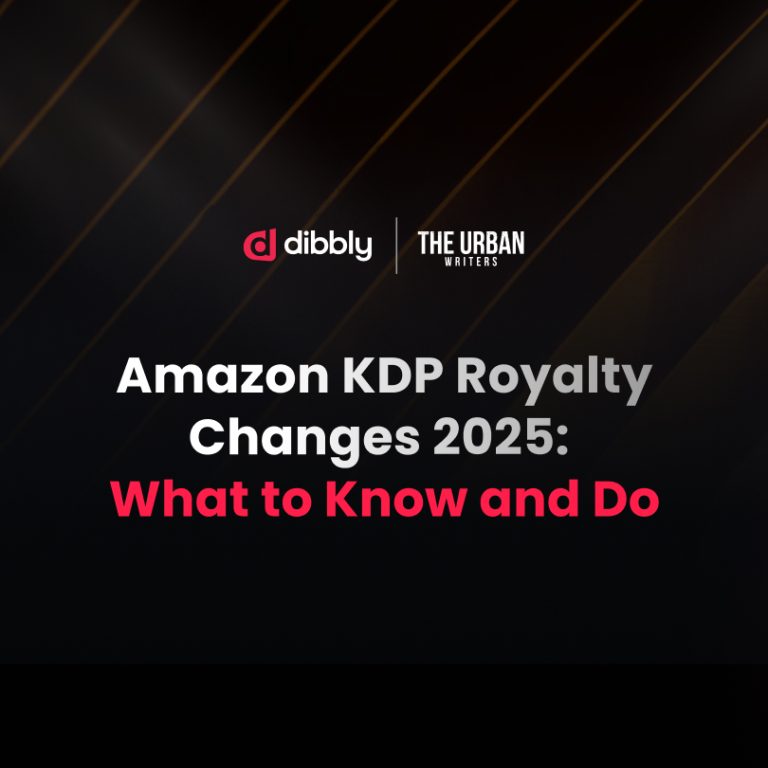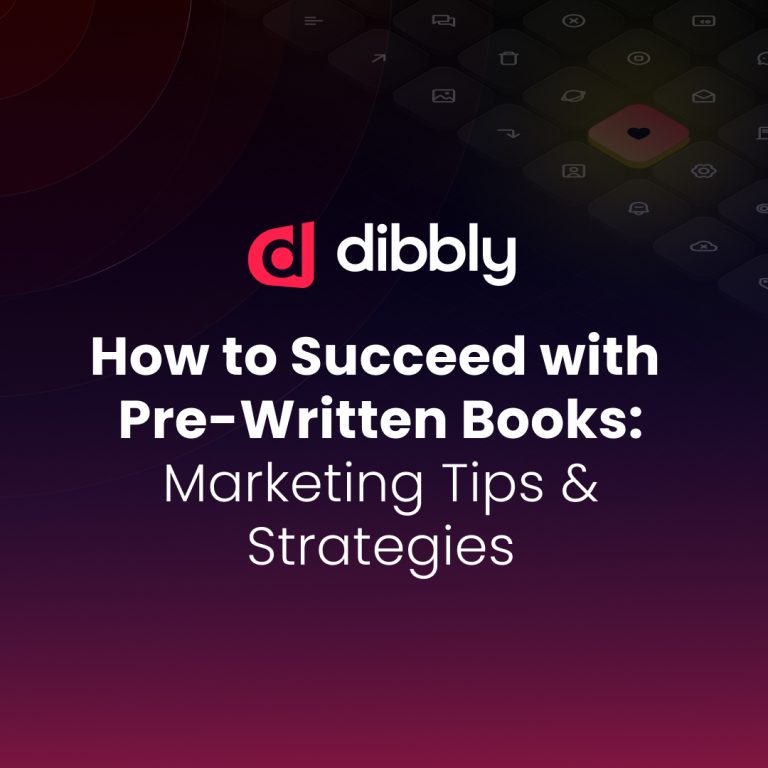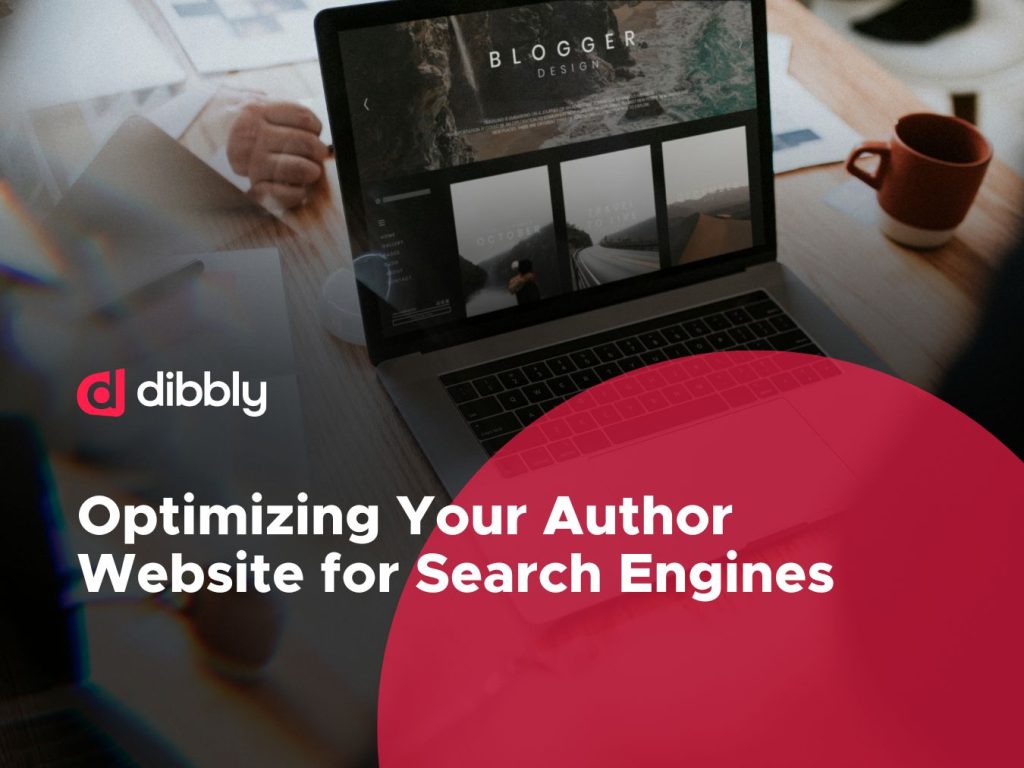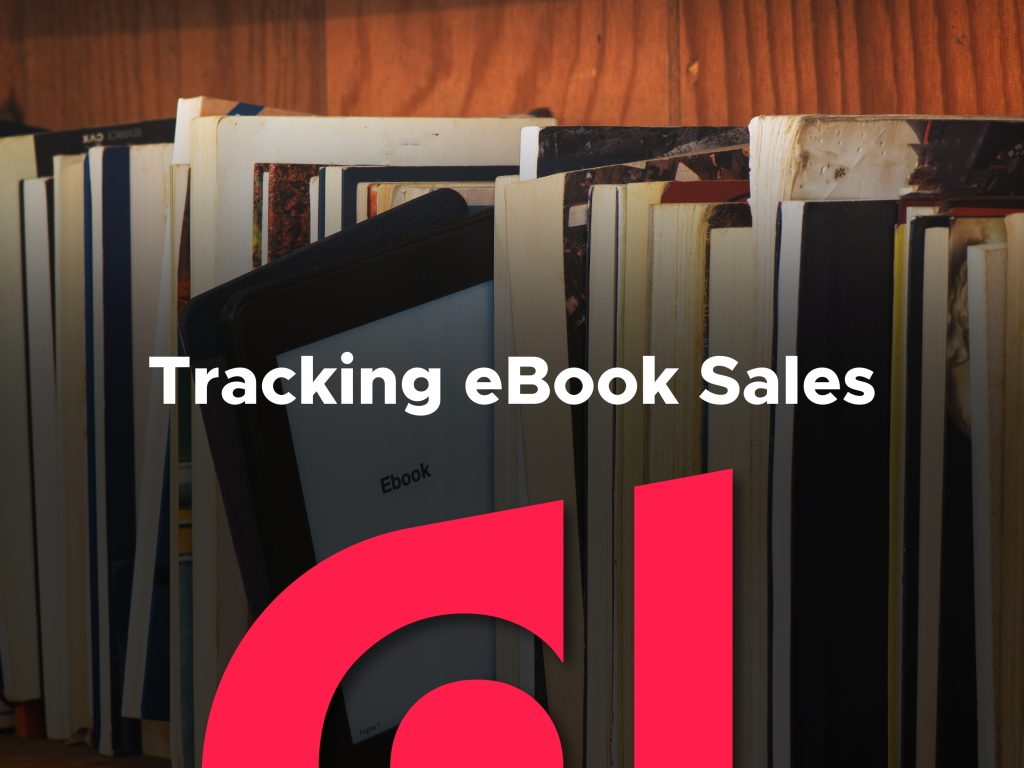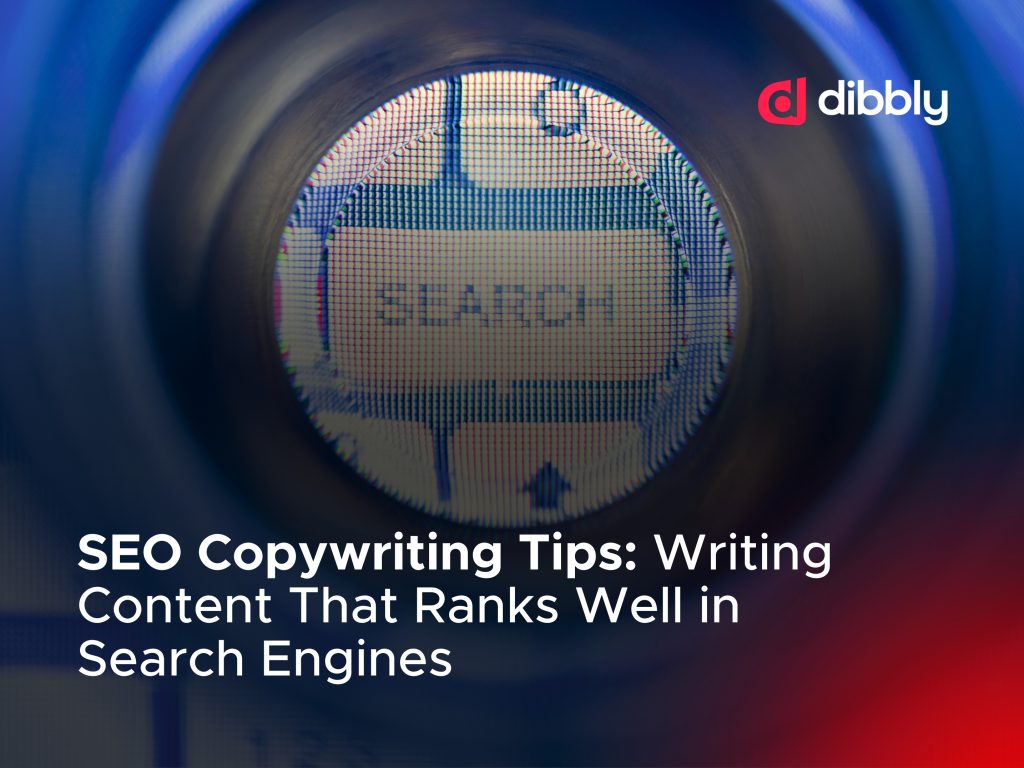In the world of book marketing, data analytics serves a vital role. Looking at appropriate analytics for authors will help you develop the right marketing strategies to reach your target audience. Let’s take a look at the purpose of analyzing data as an author.
Data Analytics
Analyzing data is important for implementing any kind of marketing strategy. Before we shift or focus on the importance of analytics for authors in relation to book marketing, let’s first break down the term and look at what data analytics means.
What Is Data
Data is information, like statistics or facts. Basically, data tells you something relevant to what you are looking at. Data can be grouped into two different categories:
- Quantitative Data
- Qualitative Data
Quantitative data involves numbers; it’s basically how much of something there is. A piece of quantitative data could be the population of a city. Qualitative data involves discussing why something is the way it is. A question used to gather qualitative data could be: “How do you feel about…”. These two types of data are different because quantitative data provides a rigid answer, whereas qualitative data provides an answer that is more difficult to categorize and can’t really be quantified. The answers to quantitative questions are easy to put into a graph or chart and are not open to as much interpretation, and each answer can be clearly compared to each other. Whereas with qualitative data, each answer could be largely unique.
For example, you could ask someone what they thought of a book. Different people could focus on different things in their answer; someone could say, “It was too short,” another person could say, “I liked the dialogue,” and another person could discuss how they felt the theme of the book was dealt with in a unique manner. All of those answers are relevant, and each person has answered the question; however, the answers are not easy to compare directly. On the other hand, if you ask people to rate the cover design of a book on a scale of 1–10, you can clearly compare answers and get an average rating for the book.
Depending on the situation and what kind of information you are looking for, one type of data may be more relevant than the other. Generally, it’s best to get a blend of both. When you visit a website that sells books that have been given reviews, you will usually see some kind of rating (a number of stars, for example) as well as some comments. The rating will help you categorize which books are generally more well-liked, whereas the comments will show you what specific aspects of the book someone liked. Both types of data are relevant, but there may be times when you focus on one more than the other.
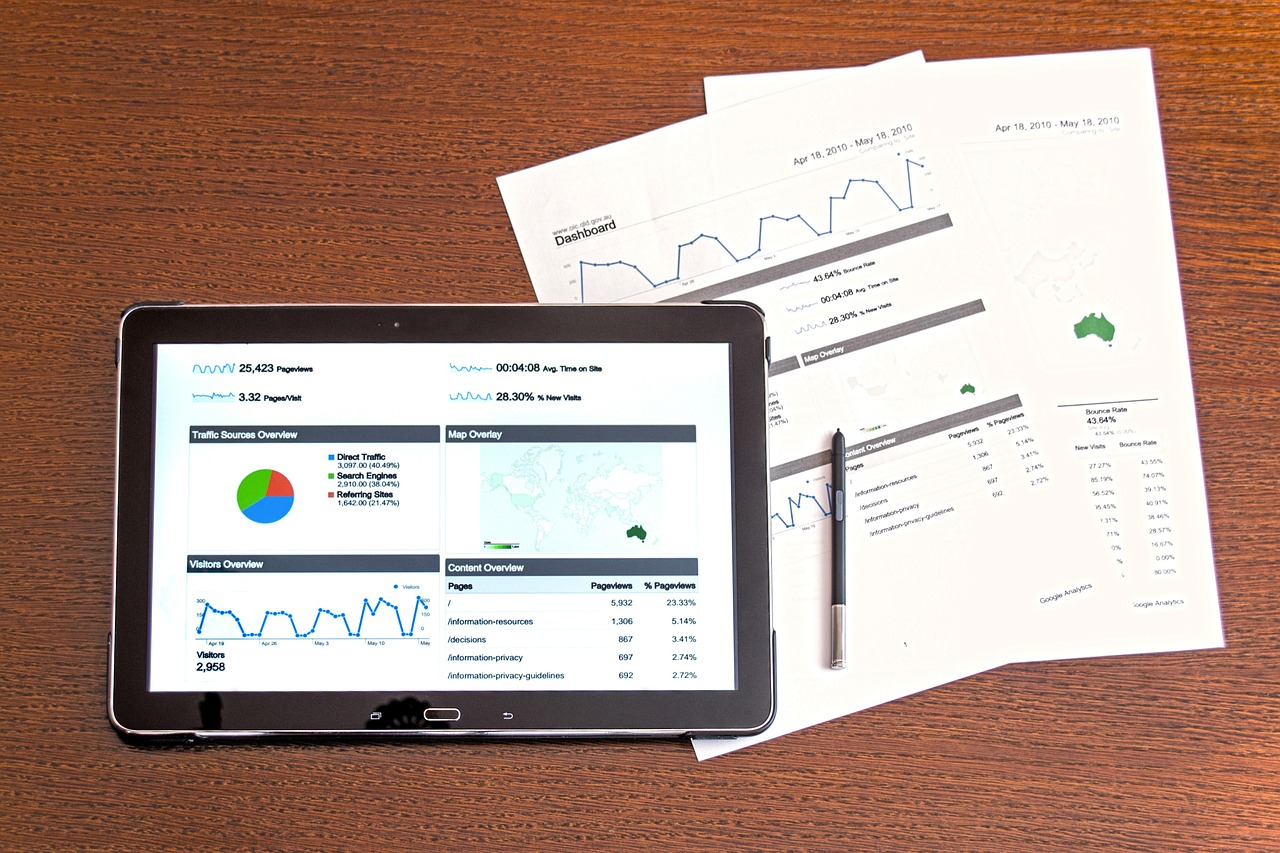
The Analytics Part of Data Analytics
There you are, with a whole pile of data. That’s nice, but what are you going to do with it exactly? There is absolutely no point in having any information if it is not going to be analyzed, which is where analytics comes into play.
Data analytics involves examining basic information, which is just the facts that are presented (when the data is supplied in its most simple form and has not been manipulated in any way; this is known as raw data). By examining the information, you can gain some kind of insight about it. But why do you want insights about your data?
Getting relevant insights through analyzing data is important because it means you can make informed decisions. When you are able to make sense of all the data you have and see what the data is really telling you, you can decide what to do next. Analyzing your data helps you get information about people who use your business or service and helps you see patterns that you may have been unaware of. Without analyzing data in marketing and business, you are left with a lot of uncertainties and forced into guesswork. If you correctly examine the data, you can gain enlightening insights and make a strategy rather than speculate about what you should do. So you can make informed decisions based on evidence by analyzing data.
In short, data analytics involves gathering data and examining the information so that you can learn something from it. Now, let’s look at analytics for authors.
Analytics for Authors
So, we know data analytics helps inform decisions and ensures you can make a plan. By analyzing data, an author can plan their approach to book marketing and decide upon the right marketing strategies for their latest masterpiece.
At some point when you were starting out writing, whether that was writing books or blog posts, you probably had a quick Google of how to promote your work and got some basic ideas of what to do. But really, marketing your writing only really works if you actually review your progress and keep working on it, by analyzing data from your readers.
If you’re a blogger or writing for an online publication, it’s fairly easy to analyze data. Most hosting sites, like WordPress, give you statistics. The same goes for podcasting and posting videos on YouTube; the data is made readily available to you. And now, with eBooks, it’s easier for authors to measure readership.
Unlike print books, eBooks don’t exist in the real world outside of the electronic device that’s hosting them (unless you want to go and print off a whole eBook worth of pages!). With the eBook reader software, it is possible to gather information about your readers and the way they are reading the book.
How much of a book do you think people read? You’re probably assuming people just always read the whole thing, but when you think about it, that may not be true. People can buy books, start them, get bored, and drop them before turning to something new. In the case of print books, you would have to survey people to gather this information (and believe what they say), but for eBooks, you can gather this information through the software they are reading on. Just like how YouTube will tell you how much of one of your videos someone has watched, eBook software can show you how long readers have spent reading your book and where they stopped. There are analytics available for eBooks to measure satisfaction levels and engagement. If your eBook has hyperlinks, you can see where they clicked upon. Digital publishing is on the rise worldwide, and it’s becoming easier for authors and publishers to find out more about their readers.
Types of Data Analytics for Authors
Whether it’s for a print book, an eBook, or an audiobook, the readership data is important and needs to be examined in order to understand the desires of the reader and to plan marketing strategies for your next book. So, what exactly do we need to know about how our readers interact with our books or content? Really, we can look at three different categories of data:
- Readership data: We’ve already talked about the fact that not every reader will read the entirety of a book. It’s important to know how much of the book someone reads, which parts they read, and when and why they stopped. Another important piece of data related to readership is: How many of the people who read one of your books are going to go on and read more of your work? You need to know to what extent you are retaining readers and whether your audience is growing, staying at a consistent level, or shrinking.
- Business data: This is all about the simple numbers. Did your book make money? How many copies of your book were sold? Did you spend more money than you earned, or did your book make you a profit? It’s important to know if your work as an author is sustainable as a business if you plan on doing it as a job. You may just be writing as a passion project and have other means of income; in which case these metrics are not as important. However, if you are looking to make a living out of writing and consistently get a return on your investment, then you need to be mindful of whether or not you are making a profit from your books.
- Advertisement data: Book marketing can be tricky as publishing is so competitive nowadays. If you want people to read your work, you are going to have to advertise it in some way. But not all advertising methods work, so you need to gather data about what types of marketing have been successful for you. It’s important to look at how many times your ads are being viewed and who is looking at them.
Data analytics for authors will help you put plans in place to not only sustain your readership levels but to grow them too. Remember that not all data will be completely relevant, which is why it is important to analyze feedback to see what is worth taking on board.
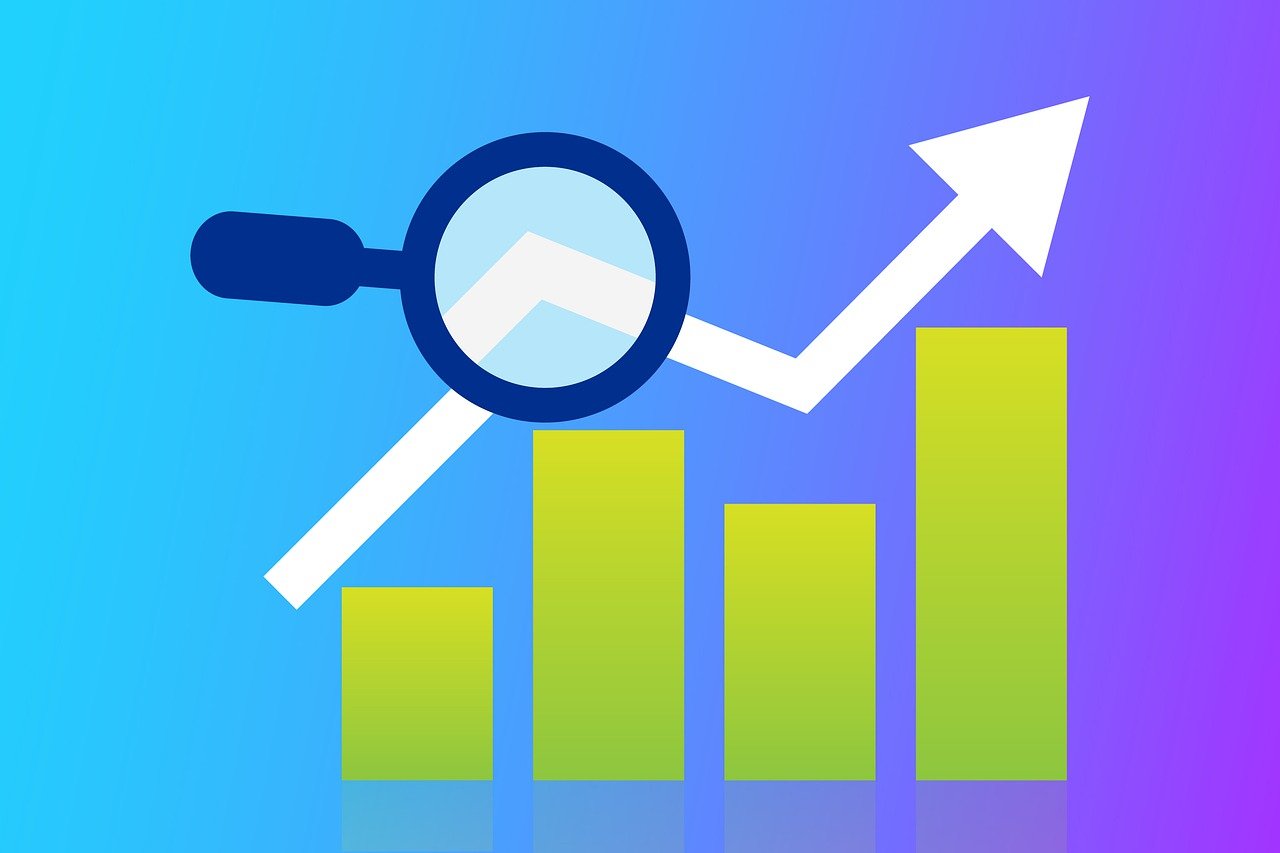
Book Marketing
By analyzing the data, you can figure out what the best way to promote your work is. With data analytics, you can find out who is reading your book and if they like your work. This allows you to develop effective marketing strategies. Your content marketing should be geared towards your target audience, and analyzing your readership data will show you if you are reaching the people you want to reach with your work.
In order to effectively market your book and yourself as an author, you need to have the right strategy. Looking at the relevant analytics for authors will show you if your book marketing is effective.
Marketing Strategies for Authors
Here are three key considerations for book marketing as an author.
- Use social media effectively and be choosy about your content. Not all platforms are the same, and each has its own demographics. Facebook tends to be more popular among an older generation than TikTok, so depending on the age group you are trying to appeal to, you will use different platforms. In addition to this, different platforms are for different content. Instagram is more about images, whereas X (formerly known as Twitter) revolves more around short text posts. The good thing about social media is that it provides indicators of how well your posts are doing and who they are reaching.
- Make sure your metadata is up-to-date and published to a high standard. Metadata [LINK POST ABOUT METADATA FOR AUTHORS] is basically data about data, so book metadata is information about your book and includes things like author name, author bio, ISBN, publisher info, and copyright stuff. Online book dispensaries use this data to sort and recommend your book, so it’s really important to do it right. Make sure the data is optimized for search engines and uses appropriate keywords. If people can’t find your book, they can’t read it, so the metadata has to be done right. Book descriptions are particularly important.
- Put out a press release ahead of publishing your work. If you are self-publishing, then this is something a self-publishing service can help you with, but if you have a publisher, they will usually do this for you. If you want to promote your book on blogs, newspapers, and radio, you need to send a press release, so those outlets know about your book. Local media, in particular, love to promote work from homegrown authors.
And above all, make sure you make use of data analytics. Using analytics for authors helps you find out who is reading your book and whether or not they are going to read more of your work. Analytics will tell you whether or not your marketing strategies are effective and what you should be doing more or less. You’ve worked hard on your masterpiece, so it’s only fair that you know if people are reading and enjoying it!
In Summary
The effective use of data analytics is crucial for figuring out the right marketing strategies to promote your work as an author. Book marketing becomes significantly easier and more effective if you engage with the right analytics for authors to find out who is reading your work and if they are satisfied.

